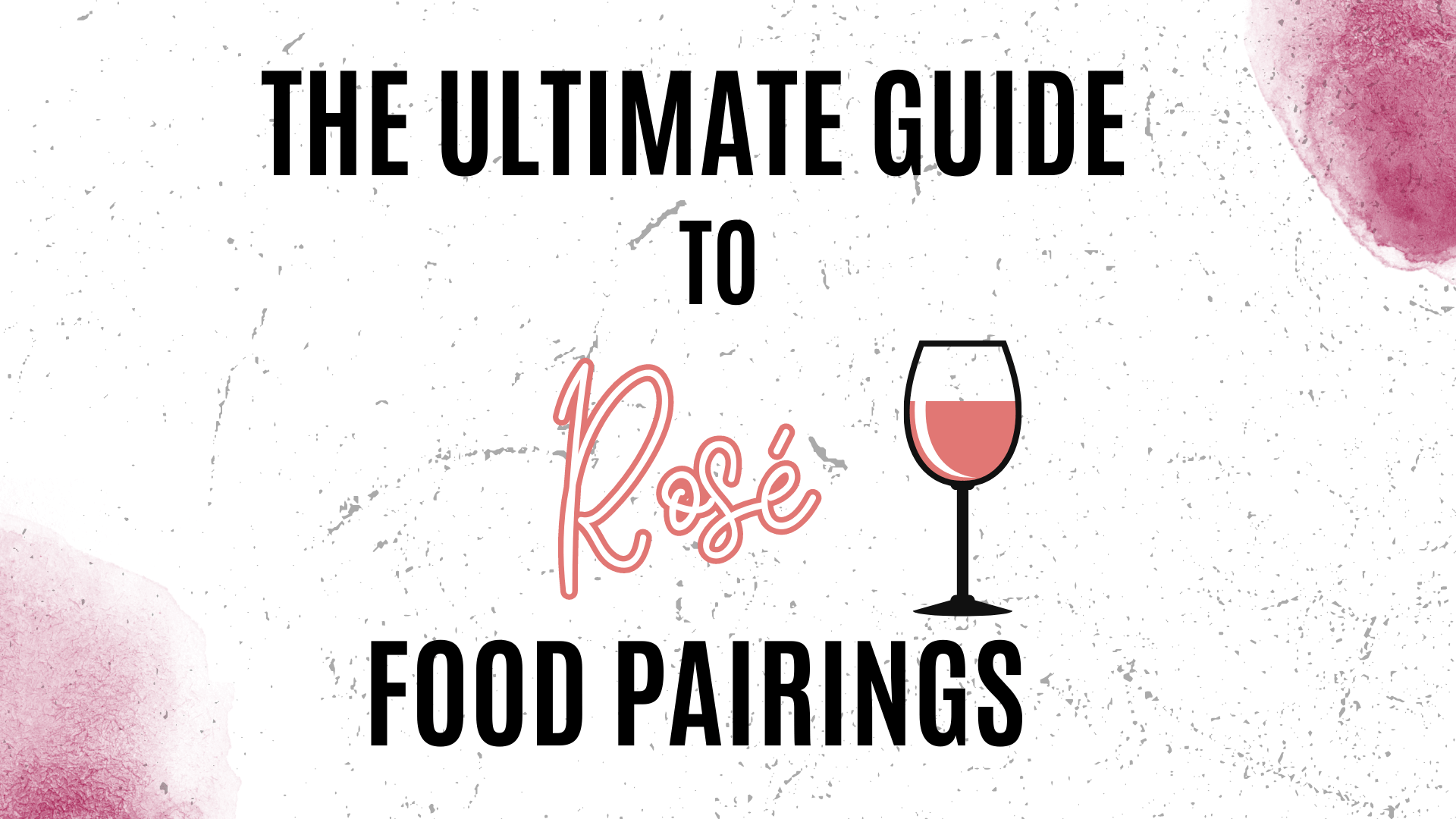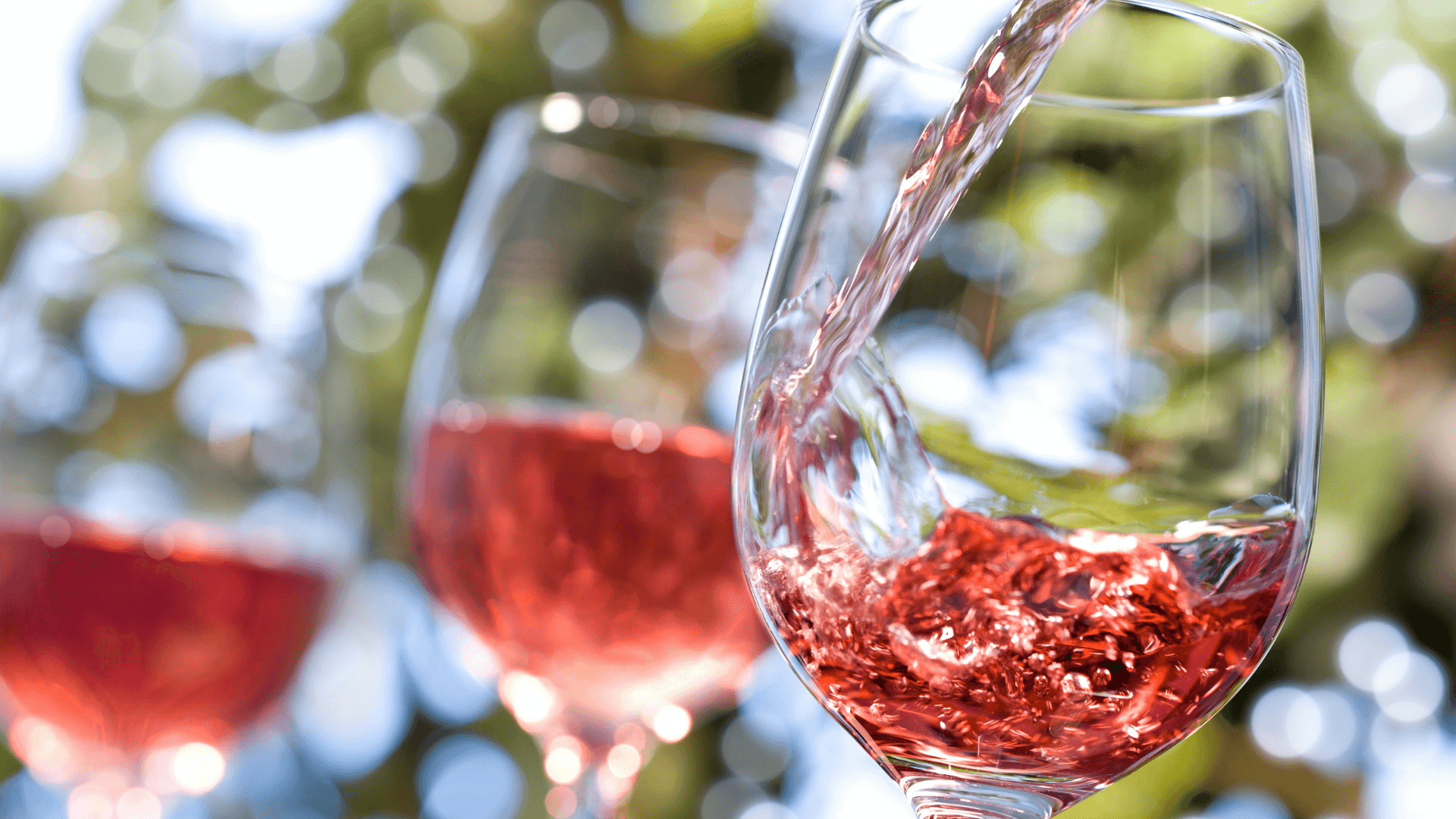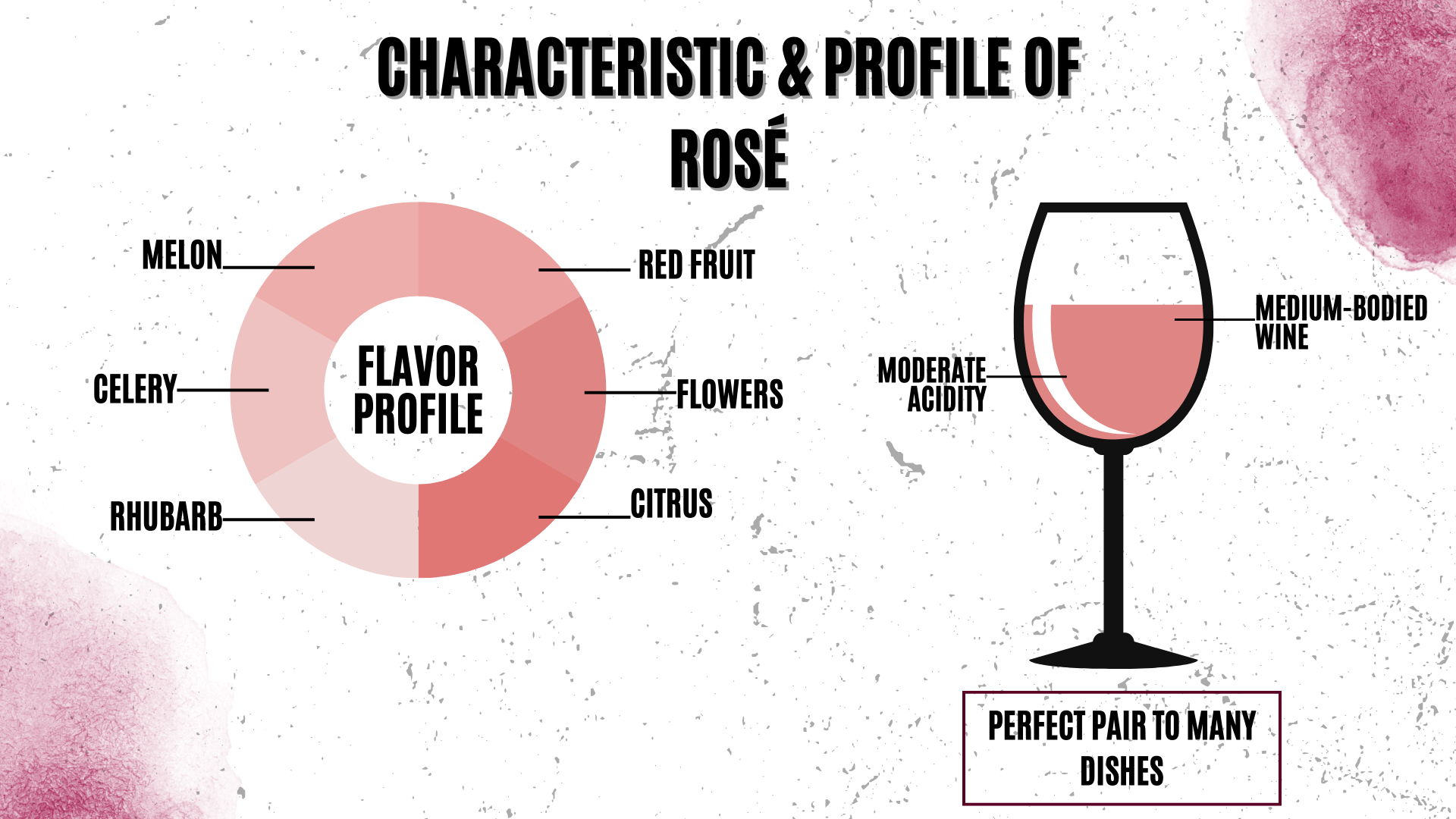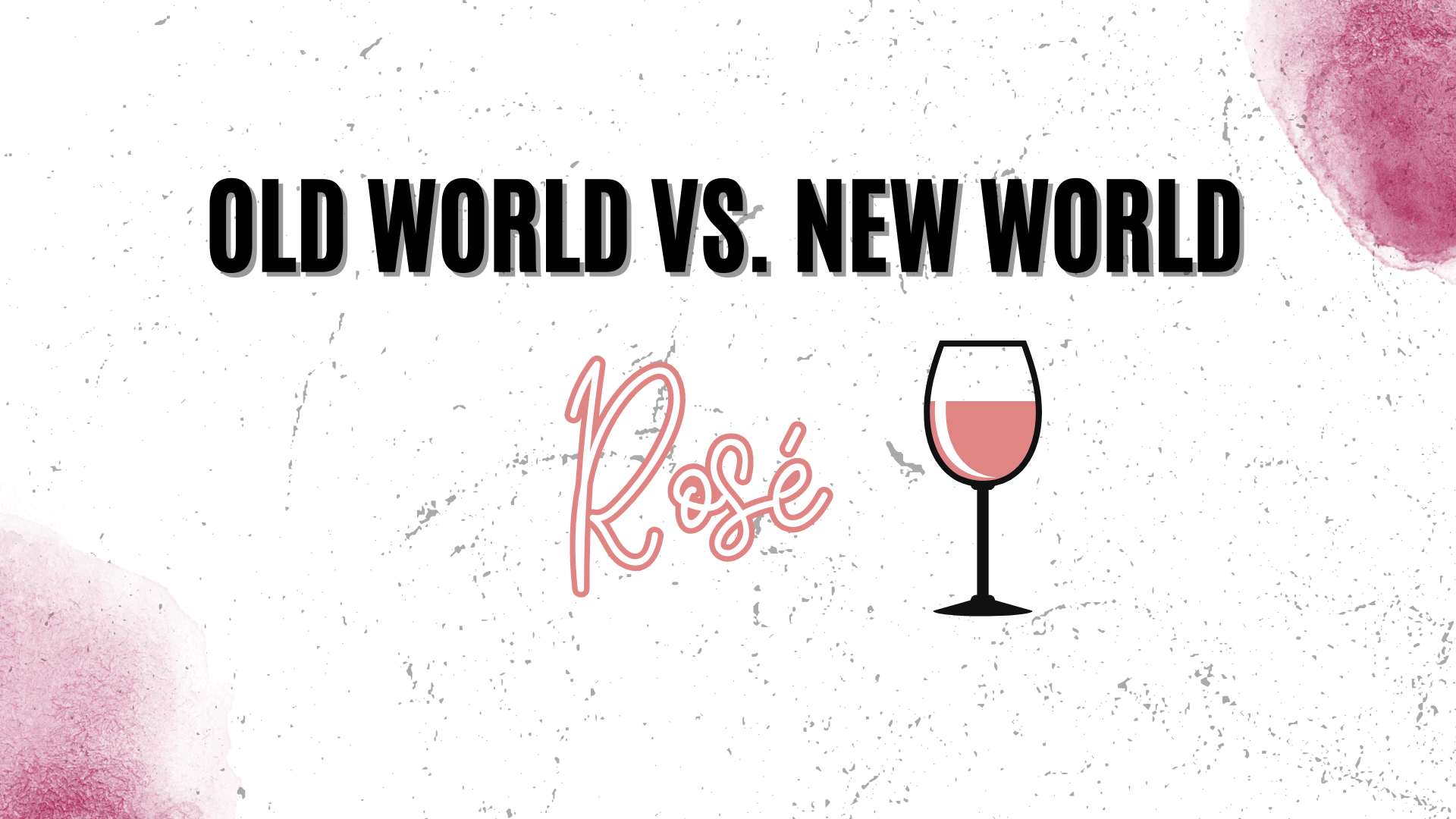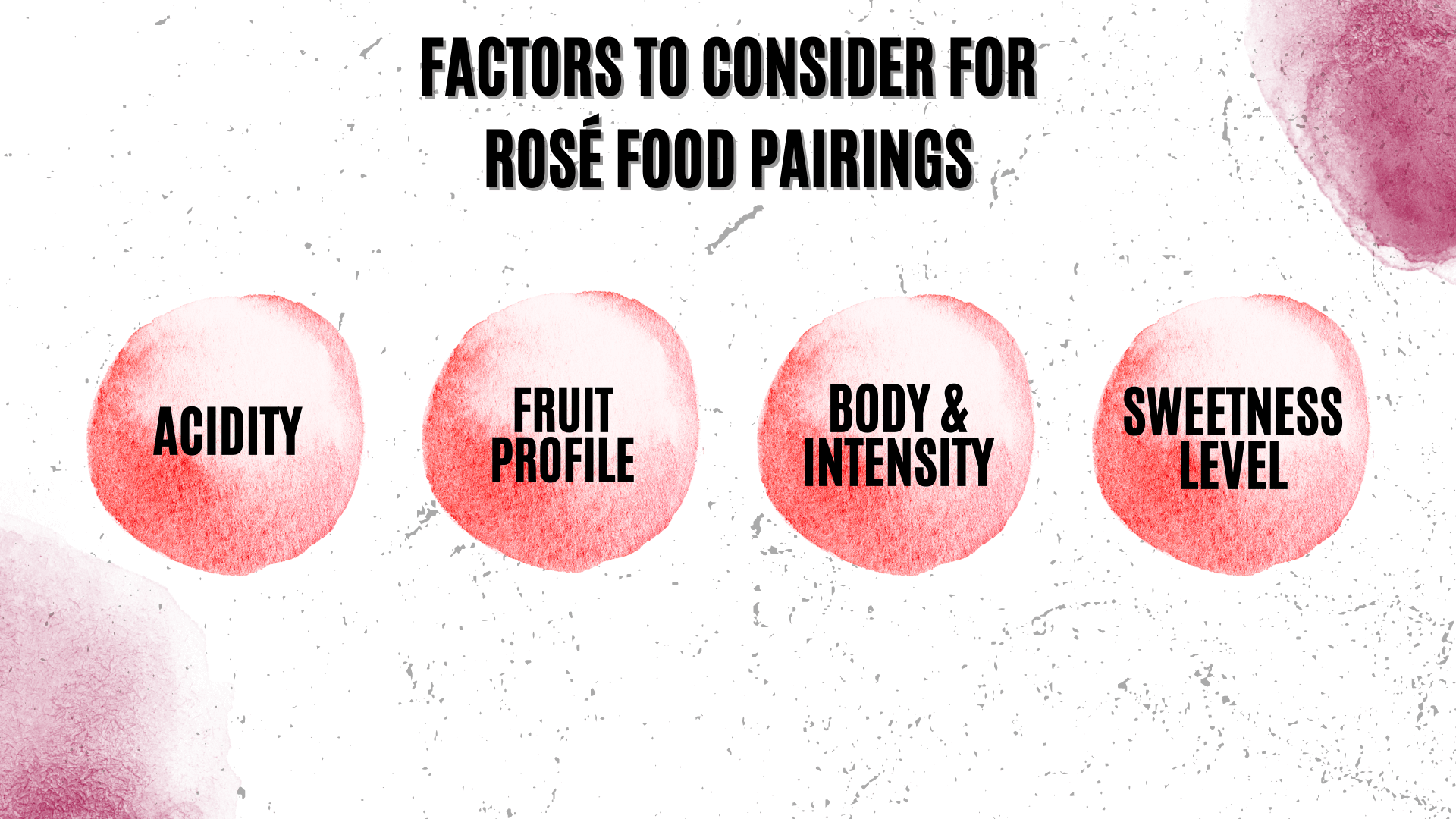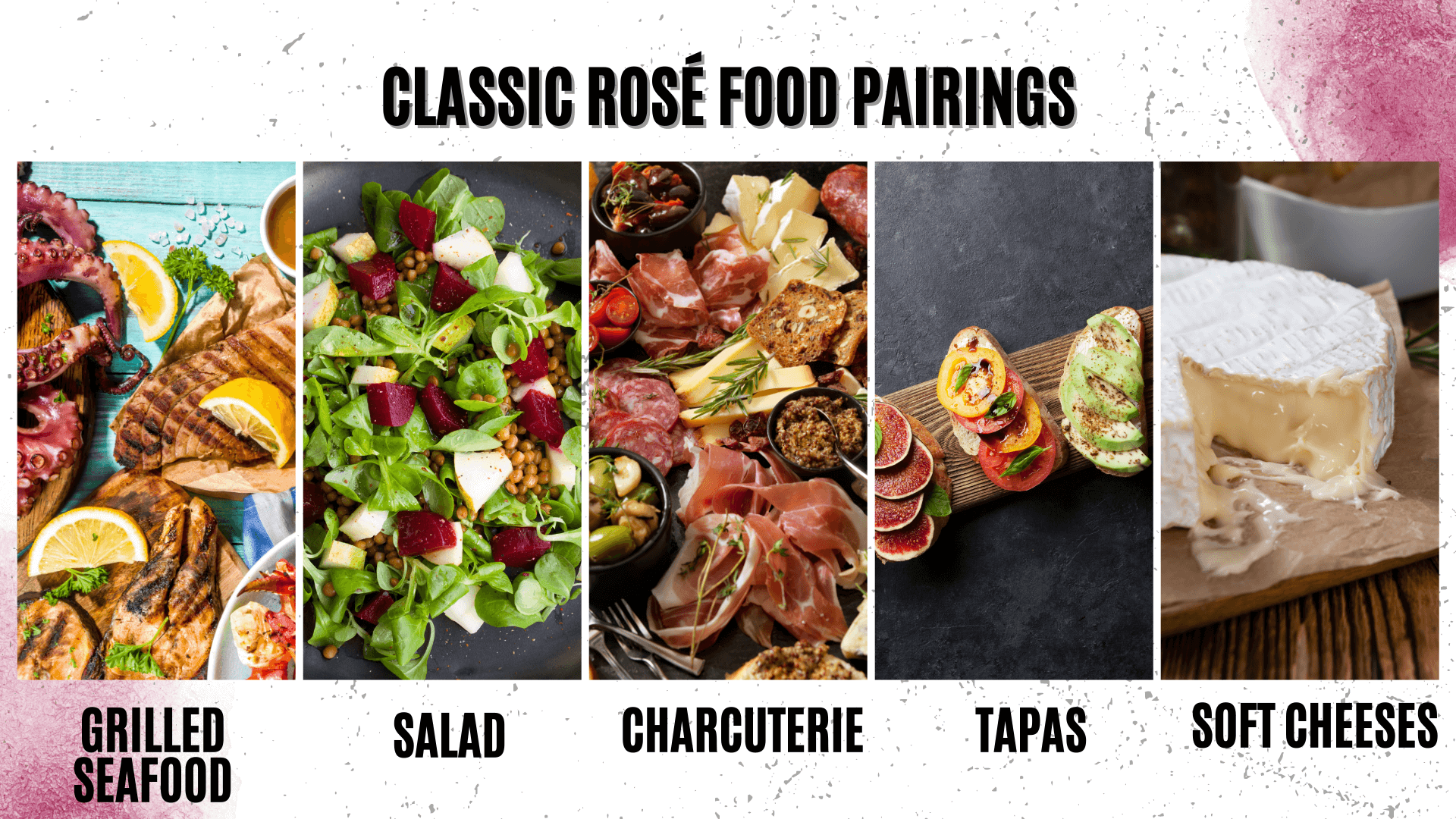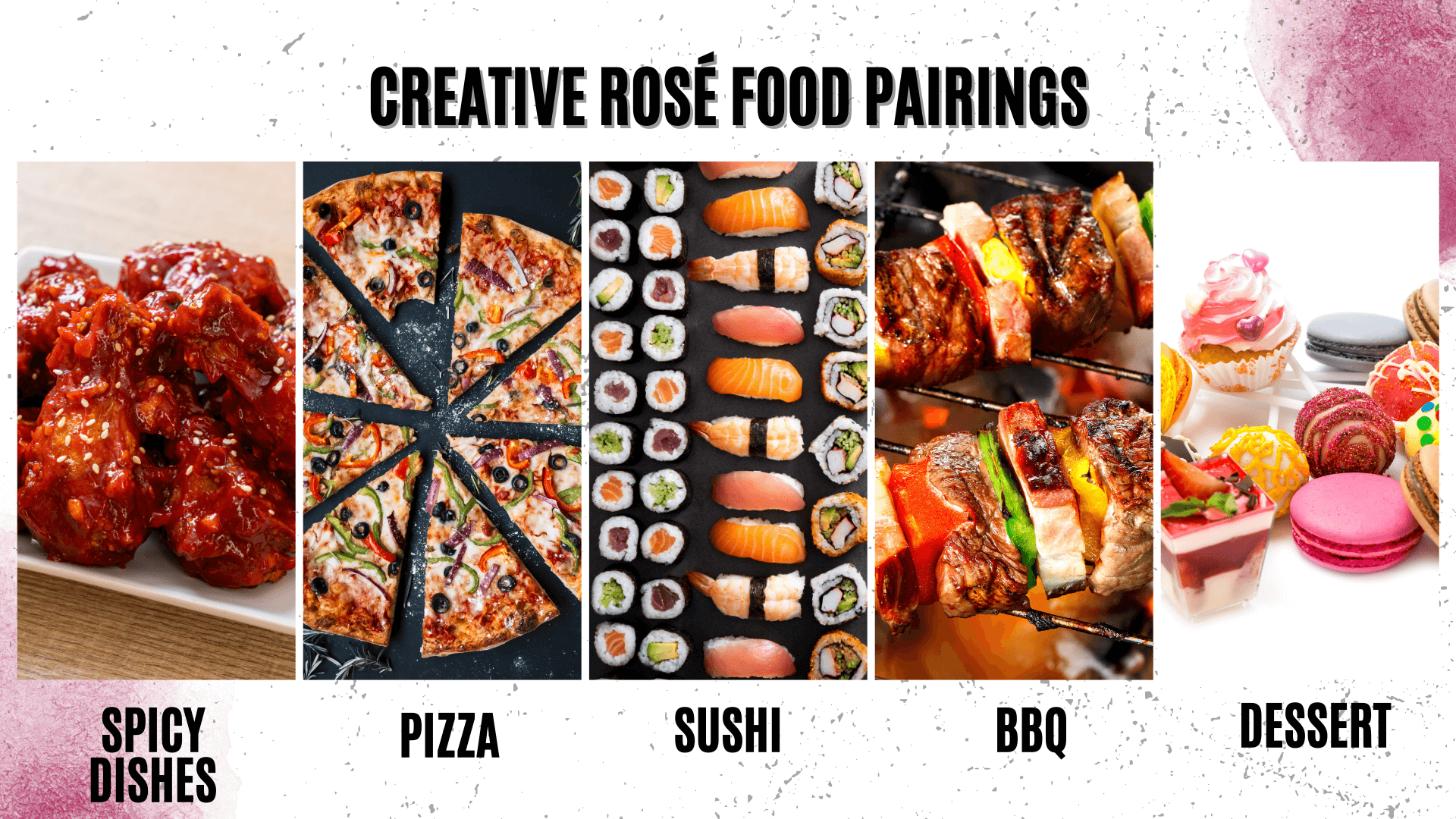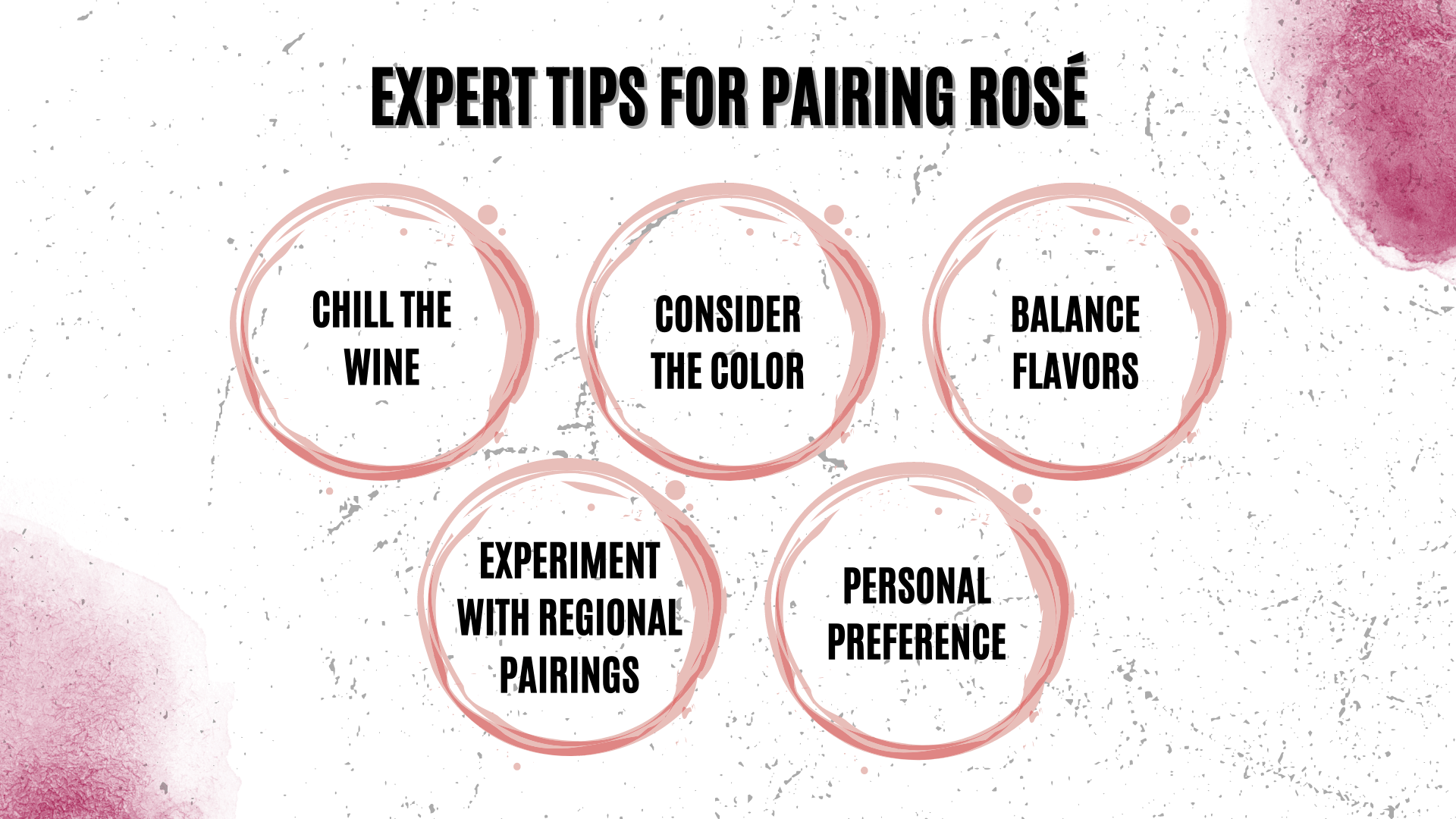Introduction
Rosé wine, with its delicate hue and versatile flavor profile, has become a popular choice for wine enthusiasts around the world. Ranging from pale pink to deep salmon, Rosé wines can be found in a variety of styles, from crisp and dry to fruity and sweet. Their diverse flavors and refreshing nature make Rosé a fantastic option for food pairings. In this comprehensive guide, we’ll explore the history, characteristics, and various styles of Rosé wine, as well as share expert tips and pairing suggestions for the perfect dining experience.
I. The History of Rosé Wine
The history of Rosé can be traced back to ancient Greece and Rome, where it was produced by watering down red wine. In more recent times, Rosé has gained popularity in regions like Provence, France, which is known for its pale, dry, and crisp Rosé wines.
II. Wine Profile
Rosé wines are made from a wide range of grape varieties and can be produced using various methods, such as direct pressing or maceration. The result is a wine with a spectrum of colors, from pale pink to deep salmon, and a variety of flavor profiles, from crisp and dry to fruity and sweet.
III. Characteristics of Rosé Wine
Rosé wines can be made from almost any red grape variety and typically showcase flavors of red fruit, citrus, and floral notes. Depending on the grape variety and production method, the wine may have additional flavors of minerality, herbs, or spice. Most Rosé wines have moderate acidity and are light to medium-bodied, making them a refreshing and versatile option for food pairings.
IV. Old World vs. New World Rosé
Old World Rosé wines, such as those from Provence or Tavel in France, are often characterized by their pale color, dryness, and crisp acidity. New World Rosé wines, from regions like California or Australia, may exhibit a deeper color, riper fruit flavors, and a touch of sweetness.
V. Factors to Consider for Rosé Food Pairings
Acidity: The moderate acidity of most Rosé wines makes them versatile for food pairings, as acidity can help balance flavors and cleanse the palate.
Fruit profile: Rosé wines typically showcase flavors of red fruit, citrus, and floral notes, which can be complemented or contrasted with the flavors in a dish.
Body and intensity: Rosé wines are generally light to medium-bodied, which makes them a great option for lighter fare, such as seafood, salads, or poultry. However, they can also hold up to some heartier dishes, depending on the wine’s intensity and body.
Sweetness level: The sweetness level of a Rosé wine can vary, so it’s essential to consider this when selecting a food pairing. A dry Rosé may work well with salty dishes, while a sweeter Rosé might be a better match for spicy or sweet dishes.
VI. Classic Rosé Food Pairings
Grilled seafood: Rosé’s bright acidity and fruity flavors make it a natural match for grilled seafood, such as shrimp, scallops, or fish.
Salads: A crisp, dry Rosé can pair beautifully with a variety of salads, from simple green salads to more complex options like a Niçoise salad or a Mediterranean-inspired quinoa salad.
Charcuterie: The acidity and fruit flavors of Rosé can help cut through the richness of cured meats and pâtés, making it an excellent option for a charcuterie board.
Tapas: Rosé’s versatility makes it a great choice for pairing with a variety of small plates, from Spanish tapas to Mediterranean meze.
Soft cheeses: Creamy, soft cheeses like Brie, Camembert, or goat cheese can be a delightful match for Rosé wine. The wine’s acidity and fruity flavors can help to balance the creaminess and richness of the cheese.
VII. Creative Rosé Food Pairings
Spicy dishes: Rosé can be a surprisingly good partner for spicy dishes, such as Thai or Indian curries, thanks to its refreshing acidity and fruity flavors that can help to tame the heat.
Pizza: A fruity, dry Rosé can pair well with a variety of pizza toppings, from classic Margherita to more creative options like prosciutto and arugula or barbecue chicken.
Sushi: The light, delicate flavors of sushi can be complemented by the bright acidity and fruitiness of a crisp Rosé wine.
BBQ: A bolder, more intensely flavored Rosé can hold up well against the smoky, tangy flavors of barbecued meats and grilled vegetables.
Desserts: Sweeter Rosé wines can be a delightful match for fruit-based desserts, such as berry tarts, fruit sorbets, or a light and refreshing fruit salad.
VIII. Expert Tips for Pairing Rosé
Chill Rosé to the proper temperature, typically around 45-55°F (7-13°C), to enhance its refreshing nature and showcase its flavors and aromas.
Consider the color: The color of a Rosé wine can offer clues about its flavor profile and intensity, which can help guide your food pairing choices. Pale pink Rosé wines are often lighter and more delicate, while deeper colored Rosés can be more intense and robust.
Balance flavors: When pairing Rosé with food, aim for a balance between the flavors in the wine and the dish. For example, a fruity, dry Rosé might work well with salty or umami-rich dishes, while a sweeter Rosé could complement spicy or sweet flavors.
Experiment with regional pairings: Pairing a Rosé with dishes from the same region where the wine is produced can often yield successful results, as the flavors and culinary traditions have evolved together. For example, a Provence Rosé might pair well with a Mediterranean-inspired dish, while a California Rosé could complement a California-inspired dish.
Personal preference: Ultimately, the most important factor in any wine pairing is your own taste. Experiment with different combinations and trust your palate to guide you in creating enjoyable Rosé food pairings.
Conclusion
Rosé wine’s diverse flavor profiles, refreshing acidity, and versatile nature make it an excellent option for food pairings. From classic seafood and salad pairings to more adventurous matches with spicy dishes and desserts, the possibilities are nearly endless. By understanding the characteristics and styles of Rosé wine, as well as following expert tips, you can elevate your dining experience and create unforgettable pairings that showcase this delightful wine.
Frequently Asked Questions
While Rosé is generally considered a light to medium-bodied wine, there is some variation depending on factors such as grape variety, production method, and region. However, most Rosé wines will have a light, refreshing character.
Although Rosé is not a traditional pairing for red meat, there are exceptions. For example, a bolder, more intensely flavored Rosé may hold up well against lighter red meat dishes, such as grilled lamb chops or a seared flank steak.
Rosé wine is best enjoyed chilled, typically between 45-55°F (7-13°C). This allows the wine’s flavors and aromas to shine and enhances its refreshing nature.
Once opened, a bottle of Rosé can be stored for up to 3-5 days if properly resealed and kept in the refrigerator. Using a vacuum-sealed wine preservation system can extend the wine’s life by a few more days. However, it is important to note that the freshness and fruity flavors of Rosé wines are best enjoyed within a short time after opening.
No, not all Rosé wines are sweet. In fact, many Rosé wines are dry, meaning they have little to no residual sugar. The sweetness of a Rosé wine can vary depending on the grape variety, production method, and winemaker’s preferences. Some Rosés can be off-dry, with a hint of sweetness, while others may be sweeter and more dessert-like. It is essential to read the wine label or ask for recommendations based on your taste preferences when selecting a Rosé wine.
Determining whether a Rosé wine is dry or sweet can sometimes be challenging without tasting it. However, there are a few clues that can help guide your decision. First, check the wine label for any indication of sweetness levels, such as “dry,” “off-dry,” or “sweet.” Additionally, the alcohol content can provide some insight, as higher alcohol content usually indicates a drier wine, while lower alcohol content may suggest a sweeter wine. Finally, researching the grape variety or region can offer some clues about the wine’s sweetness, as certain grape varieties or regions are known for producing drier or sweeter Rosé wines.


